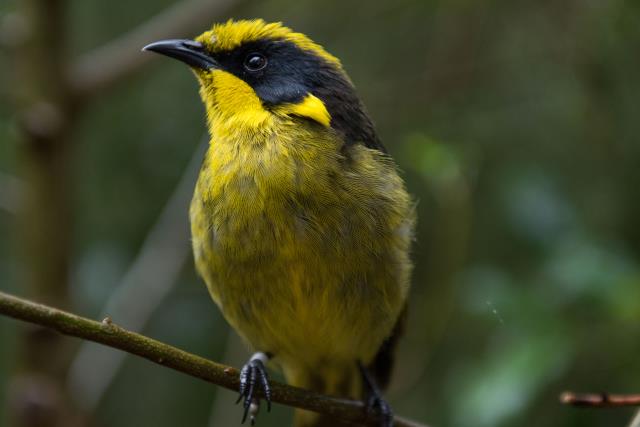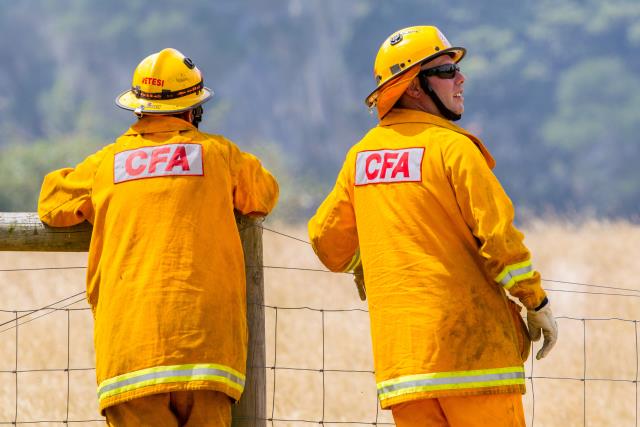20 more Helmeted Honeyeaters have been released into the Yarra Ranges National Park as part of the ongoing work to protect the state faunal emblem.
In the last 30 years, conservation efforts have helped bolster the species’ population from 50 to now 250 in the wild.
Co-President of Friends of the Helmeted Honeyeater (FOHH) Virginia Wallace said it’s fantastic news and great to know that they’ve got the support of the Victorian Government in bringing this species back from the brink of extinction.
“It’s a community collaboration and there are so many thousands of volunteers, thousands of volunteer hours and millions of trees planted to improve the outcome, not only for the Helmeted Honeyeater but also for other endangered species that inhabit the same habitat,” she said.
“It’s an excellent result to be at 250 in the wild. The numbers do tend to bounce around a little bit, depending on predation and habitat, but we are optimists.”
The newly released group of Helmeted Honeyeaters were born and raised at Healesville Sanctuary as part of the conversation breeding program. Birds born in captivity at Healesville Sanctuary and wild-born birds in Yellingbo breed in order to help create a new population in the forest near Warburton.
Ms Wallace said FOHH’s aim is to have at least five discrete populations of 100 Helmeted Honeyeaters each to really ensure the viability of the species.
“We love nature and we want it to be better, and this is moving it all forward. We couldn’t have done it without the engagement of a whole lot of different groups and the tireless work of volunteers that really put their heart and soul into making it better the Helmeted Honeyeater, other species and everyone,” she said.
“We’ve been working very hard on our project that we call Beyond Yellingbo, engaging landholders that back onto key creeks for habitat to help engage them and to expand the habitat outside the [Liwik Barring Nature] Conservation Area.”
In the second breeding season for the Warburton population, positive results were already showing with 12 wild-born fledglings, boosting hopes for improving genetic diversity between local populations and limiting the chance the species could be wiped out by bushfire or illness.
Zoos Victoria Senior Ecologist Dr Dan Harley said the latest wild release marks an important milestone for the Helmeted Honeyeater conservation breeding program.
“With the help of our partners, we continue to fight the extinction of this critically endangered species, so we can have a future rich in wildlife.”
The continued conservation efforts for the Helmeted Honeyeater through the Victorian Government’s Faunal Emblems Program are being delivered in partnership with Zoos Victoria, Parks Victoria, FOHH, Melbourne Water, Monash University, University of Melbourne, Yarra Ranges Shire Council, Cardinia City Council, Greening Australia, Trust for Nature and the continued contributions of volunteers.
“The Helmeted Honeyeater is unique to Victoria – we’re proud to invest in our precious biodiversity and native species so that future generations can observe and enjoy these rare birds,” Minister for Environment Ingrid Stitt said.







